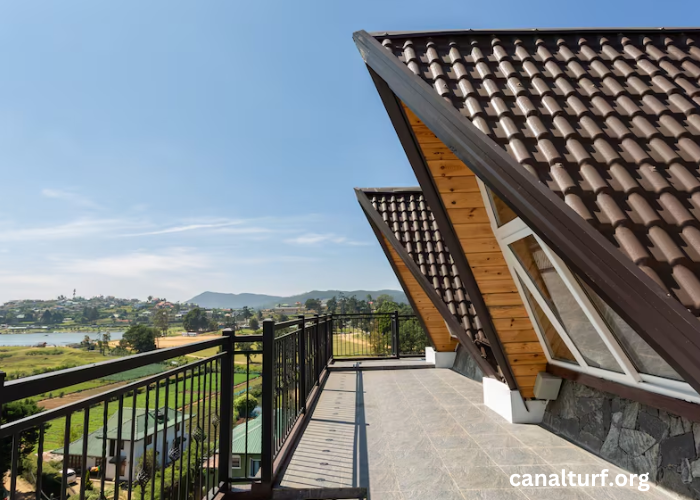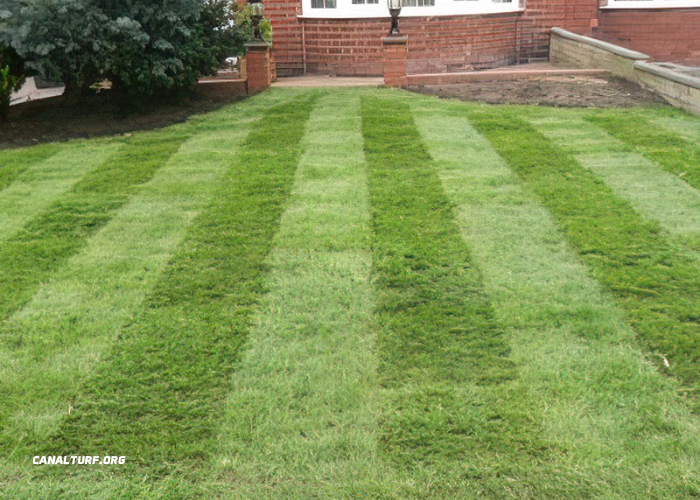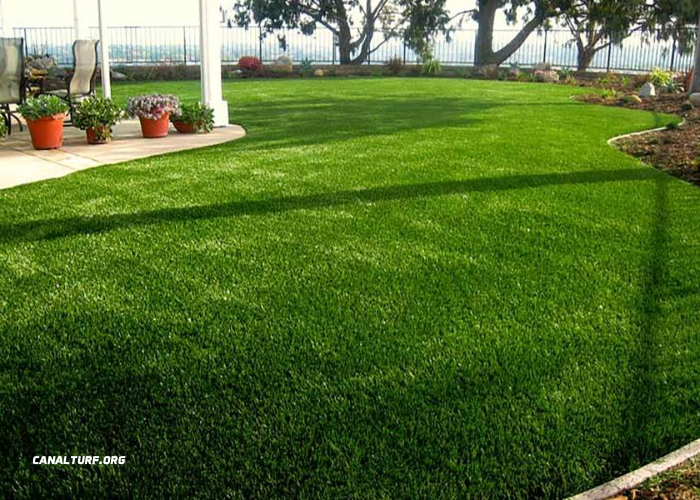Shade nets have the potential to moderate both day and night temperatures in a greenhouse. They provide protection from direct sunlight and UV radiation while allowing for natural ventilation and moisture. Greenhouse shading nets are available in different densities and shades. This allows growers to choose the density that suits their specific needs.
Green
Greenhouse shade netting protects plants from excessive sunlight while allowing some light to penetrate. It also offers protection against harsh winds and heavy rain. In addition, it allows for proper temperature regulation and helps keep greenhouses cool during summer. Shade Netting is available in a variety of colors, densities and sizes to suit the unique needs of each crop. For example, green shade cloth is a popular choice for leafy vegetables and other plants that require limited sunlight. It also offers superior ventilation and heat and light diversion, making it suitable for a range of climate conditions.
Moreover, shade netting can help improve crop quality by reducing blemishes and other defects. This can make it easier for growers to sell their crops. It can also speed up ripening and flowering times, and increase the number of fruits per plant. Additionally, it can reduce the need for harmful pesticides and fertilizers. It can also promote experimentation with new crop varieties and farming techniques, boosting local economies.
White
Shade nets provide protection from harsh weather conditions such as heavy rain and excessive sunlight, allowing crops to grow in an optimal environment. They also help to regulate temperature and moisture levels, making them ideal for greenhouse farming, nursery production and horticulture. There are two main types of Greenhouse Shading Net: traditional knitted shade cloth and modern aluminet shade nets. The latter are more versatile, providing greater cooling efficiency through a better reflective rate. They also have a tough lockstitch knitted construction that resists rips and tears, and are UV stabilized to protect against the sun’s damaging effects.
Choosing the right shade net will depend on the location, climate, and type of crop. Each requires a different light compensation and saturation point. For example, fungi and mushrooms need more shading than vegetables like spinach and lettuce. By assessing these factors, you can determine the appropriate shading rate for your greenhouse. This will help to improve the quality of your crops, and enhance crop health and yield.
Black
The art of greenhouse cultivation is a delicate balance between light and shade. While sunlight is essential for photosynthesis, too much can scorch tender leaves and lead to plant stress. That’s where shade netting comes in—a protective veil that regulates the amount of sunlight reaching your crops. Shade nets also offer effective temperature control, diffusing sunlight to prevent greenhouse temperatures from skyrocketing during the hottest months and reducing heat stress on your plants. They can also help with pest control by providing a physical barrier against pesky birds and insects, and they reduce water evaporation to save energy costs.
Ensure the shade netting you choose is a high-quality monofilament net that’s durable and UV-resistant to resist degradation over time. Look for a shading percentage that matches your crops’ needs—30-40% shade is suitable for shade-loving vegetables and orchids; 50-60% shade is ideal for tomato plants; and 70-80% shade is best for pepper and cucumber plants during the hottest months.
Gray
In addition to the effects on plant growth, greenhouse shading nets provide protection from hail and harmful UV rays. They also help to cool the greenhouse by absorbing energy and adding thermal mass, saving on electricity costs. Greenhouses can be cooled by natural ventilation and fog systems, but this requires energy for fan or pump operation. Shade nets, when installed over the greenhouse glazing, provide effective cooling with minimal energy use and can be paired with pad or fan cooling systems for optimal cooling efficiency.
Spectral quality varied between the different colored shade nets, with blue and green nets having higher transmittances in the shorter wavelengths (UVB and UVA) than white and gray ones. This could be a result of the reduced reflectance by these nets of the radiation in these wavebands and/or their increased transmittance of the longer wavelengths. Regardless, these colored nets did not significantly alter the overall spectral irradiance composition relative to ambient sunlight.
Conclusion
Greenhouse Shading Net helps to protect plants and soil from the sun’s heat. The color and density of shade cloth impacts plant growth, pests and disease, water use and yield. Choose the right percentage of shade net for your greenhouse depending on local weather, seasonal shifts and the structure of the greenhouse. For example, north-south facing greenhouses catch less sunlight so might not need a shade net at all in winter.




